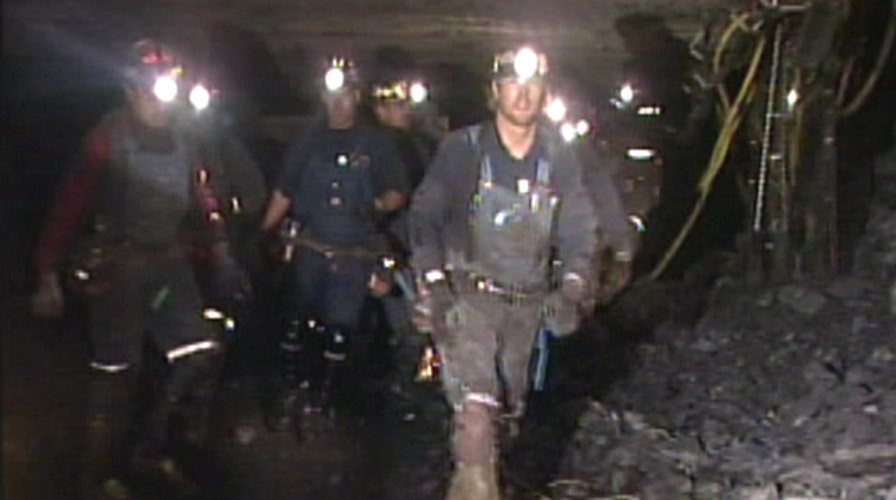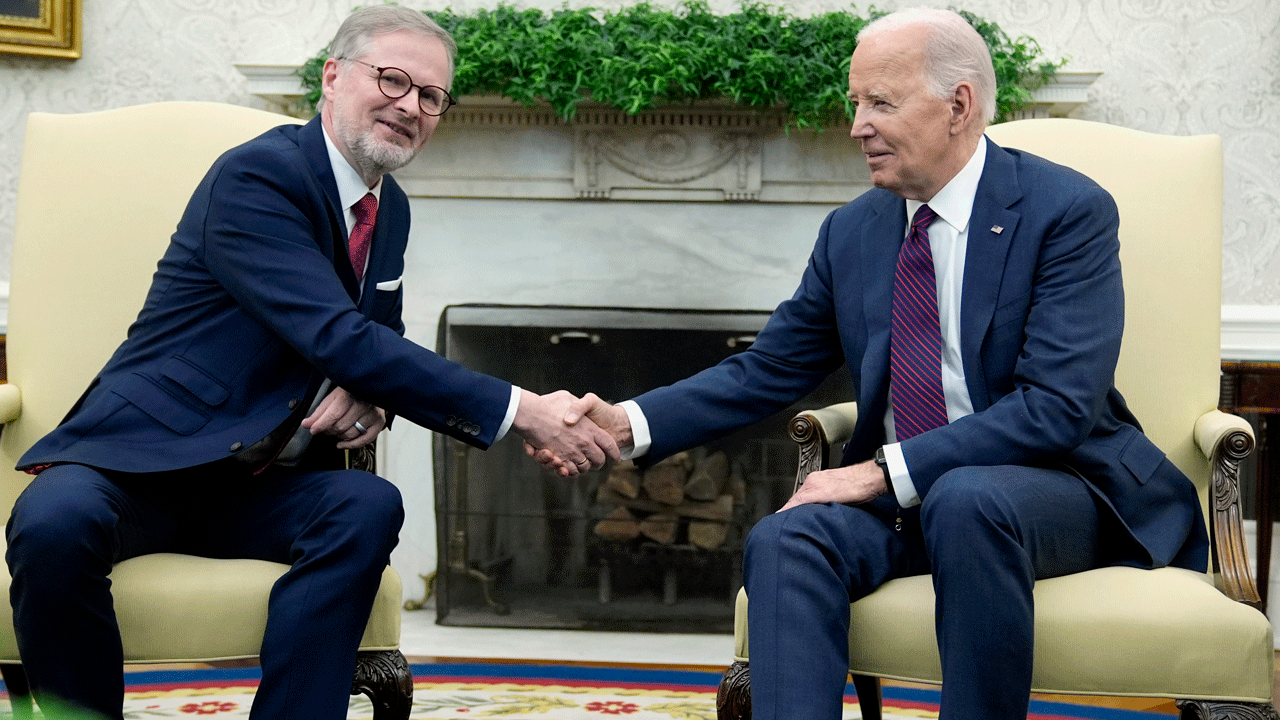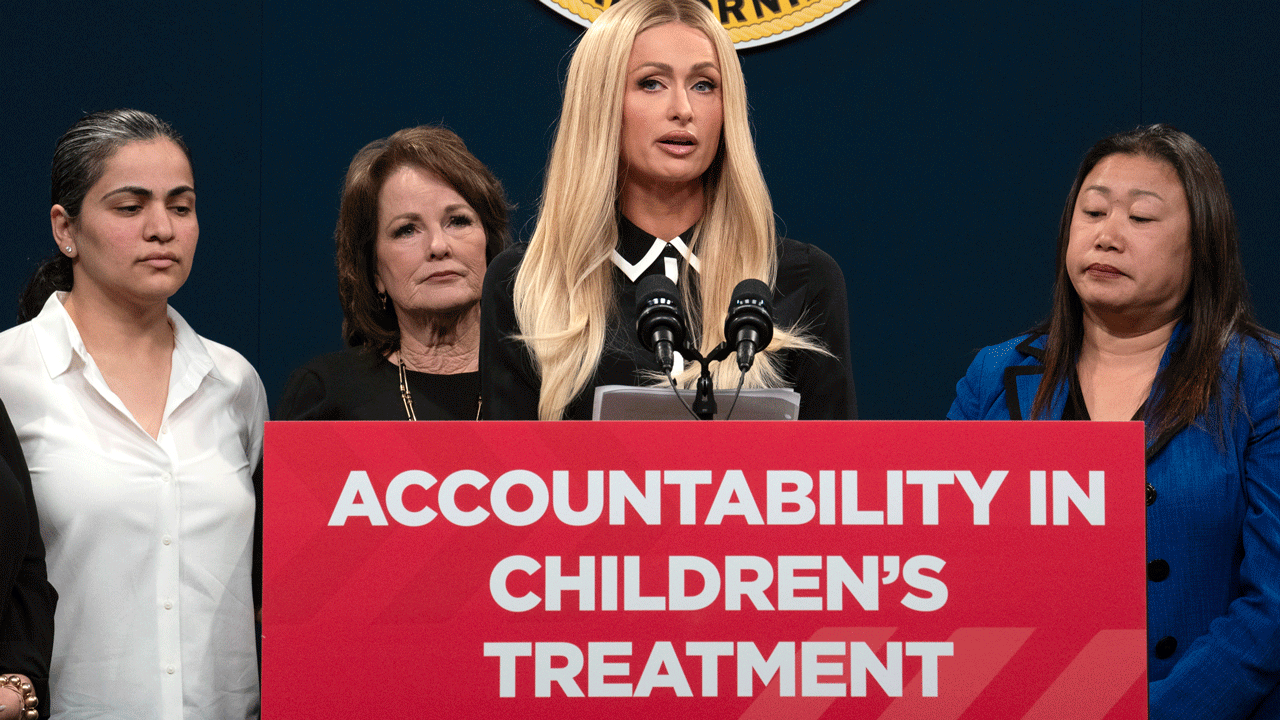Flashback: Race to rescue miners from Crandall Canyon Mine
August, 2007: Raw video from inside Utah coal mine as efforts are made to find trapped miners
WASHINGTON – After years of denial, a trio of corporate consultants have finally admitted their role in a deadly 2007 coal mine collapse in Utah -- though, for families of the victims, the victory is more of a moral than a monetary one.
The negotiated settlement comes with just a $100,000 fine. The company Agapito Associates had been faulted by the federal government for their shoddy engineering analysis.
But as small as the final penalty is, the deal with the feds closes a painful chapter in Utah’s checkered coal mining history.
“It does seem like a shockingly low number,” Ed Havas, an attorney representing a majority of the families of the victims, told FoxNews.com. “But it is a victory in the sense that there is finally some acknowledgment (by Agapito) and it finishes up the last bit of pending litigation.”
Gayle McDonald, who lost her brother Dale Black in the 2007 collapse, called Wednesday’s settlement a “continuance of how ridiculous” the entire process had become.
Black, a foreman with more than 20 years of experience, was one of nine people killed in the chain of events that began in the early morning hours of Aug. 6, 2007. That day, miners Kerry Allred, Don Erickson, Luis Hernandez, Carlos Payan, Brandon Phillips and Manuel Sanchez were nearing the end of their 12-hour shift when the Crandall Canyon Mine in central Utah collapsed around them.
According to a federal investigation, the miners were killed when roof-supporting coal pillars collapsed, shooting coal -- with a force so violent it registered as a 3.9-magnitude earthquake -- over a half-mile area in the underground mine tunnels.
Ten days later, Gary Jensen, Brandon Kimber and Black died trying to rescue the others.
A subsequent investigation found that the flawed engineering analysis by Agapito resulted in an inadequate mine design, with unsafe pillar dimensions, which contributed to the accident.
It was a claim Agapito argued and fought in court.
On Wednesday, six years after the incident, the Mine Safety and Health Administration announced it had reached an agreement with Agapito.
The company could have been fined as much as $220,000 for their faulty analysis of the mine design. Company lawyers argued that the government had jurisdiction to go after only mining operators and not consultants.
“With this settlement, Agapito takes responsibility for its role in the tragic mine collapse at Crandall Canyon,” Joseph Main, assistant secretary of labor for the Mine Safety and Health Administration, said in a statement.
Main stressed that the government’s victory lies with Agapito acknowledging responsibility that amounted to "high negligence."
"There is some accountability here," he said. "High negligence, that is meaningful action in the litigation process. … This is something that folks should not take lightly."
No criminal charges have been filed against Agapito.
Agapito President Michael Hardy told The Associated Press that the company had spent a lot of money defending itself with "no end in sight" and so, "we agreed to a settlement."
In the years following the Utah disaster, there have been some efforts mounted to change federal regulations and beef up safety standards and responsibilities involving mines.
However, Havas says he doesn’t realistically see any big changes taking place in terms of accountability and safety on a national scale.
“It’s a sad fact that change in both attitude and implementation in regulation comes about in small increments refocused by tragedy,” he said, adding that a heightened call for safety measures following the accident has hit a plateau.
“The whole framework of the law has to be changed,” Havas said. “There was a time for stepped-up enforcement but now there are other things vying for Congress’ attention and unfortunately, this doesn’t rank up there.”
So will change ever come?
Havas believes it will take another tragedy to push lawmakers to make changes to how mines operate and who is at fault when things go wrong.
Last year, the operator of the Utah mine, Genwal, an affiliate of Ohio-based Murray Energy Corp., reached a $1.1 million settlement with the federal Mine Safety and Health Administration over safety violations.
Ultimately, Genwal admitted to cutting corners – specifically, thinning a coal barrier it should have left standing to hold up the mine.
At the beginning of federal investigation, Murray Energy chief Bob Murray claimed that the cave-in was triggered by a natural earthquake.
FoxNews.com’s Joshua Rhett Miller contributed to this report.





